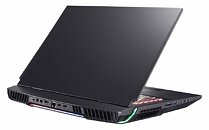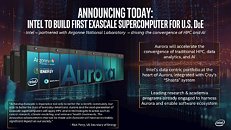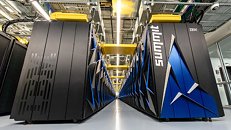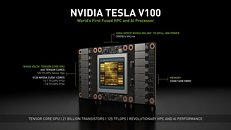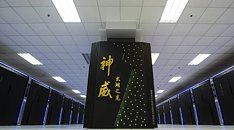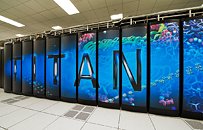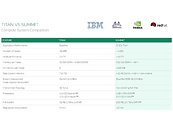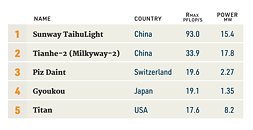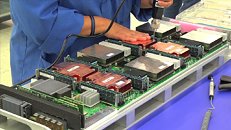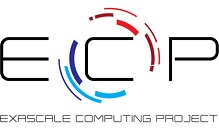
Arm Based Fugaku Supercomputer Retains #1 Top500 Spot
Fugaku—the Arm technology-based supercomputer jointly developed by RIKEN and Fujitsu—was awarded the number one spot on the Top500 list for the second time in a row. This achievement further highlights the rapidly evolving demands of high-performance computing (HPC) that Arm technology uniquely addresses through the unmatched combination of power efficiency, performance, and scalability.
In addition to the great work RIKEN and Fujitsu have done, we're seeing more adoption for Arm-based solutions across our ecosystem. ETRI, the national computing institute of the Republic of Korea, recently announced plans to adopt the upcoming Neoverse V1 (formerly code-named Zeus) CPU design, which feature Arm Scalable Vector Extensions (SVE), for its K-AB21 system. ETRI has set a goal of 16 teraflops per CPU and 1600 teraflops per rack for AB 21 (which stands for 'Artificial Brain 21') while reducing power consumption by 60% compared to its target.
In addition to the great work RIKEN and Fujitsu have done, we're seeing more adoption for Arm-based solutions across our ecosystem. ETRI, the national computing institute of the Republic of Korea, recently announced plans to adopt the upcoming Neoverse V1 (formerly code-named Zeus) CPU design, which feature Arm Scalable Vector Extensions (SVE), for its K-AB21 system. ETRI has set a goal of 16 teraflops per CPU and 1600 teraflops per rack for AB 21 (which stands for 'Artificial Brain 21') while reducing power consumption by 60% compared to its target.











